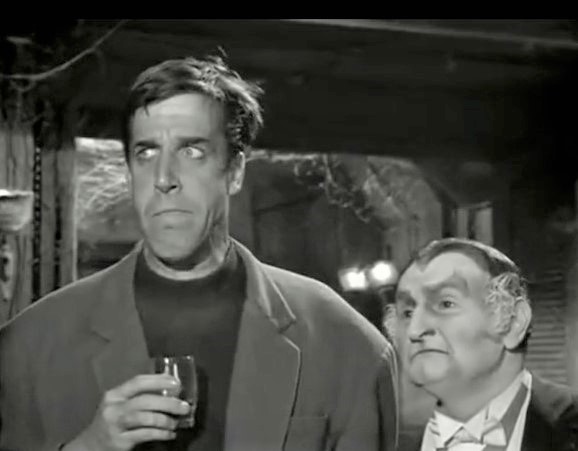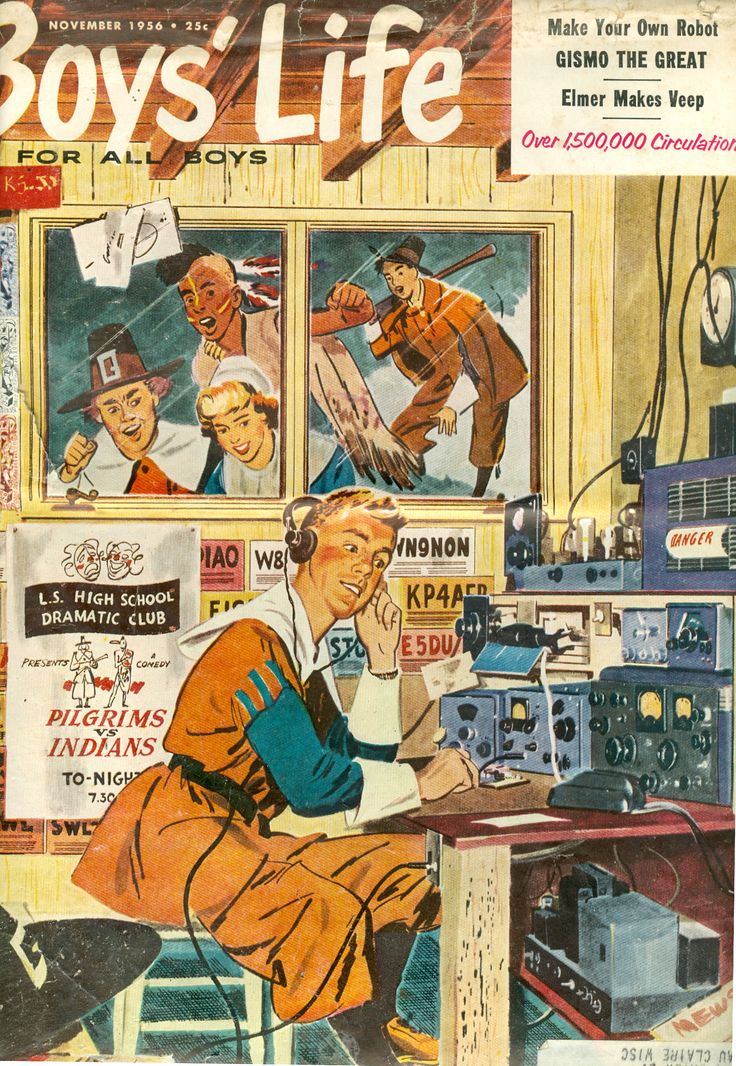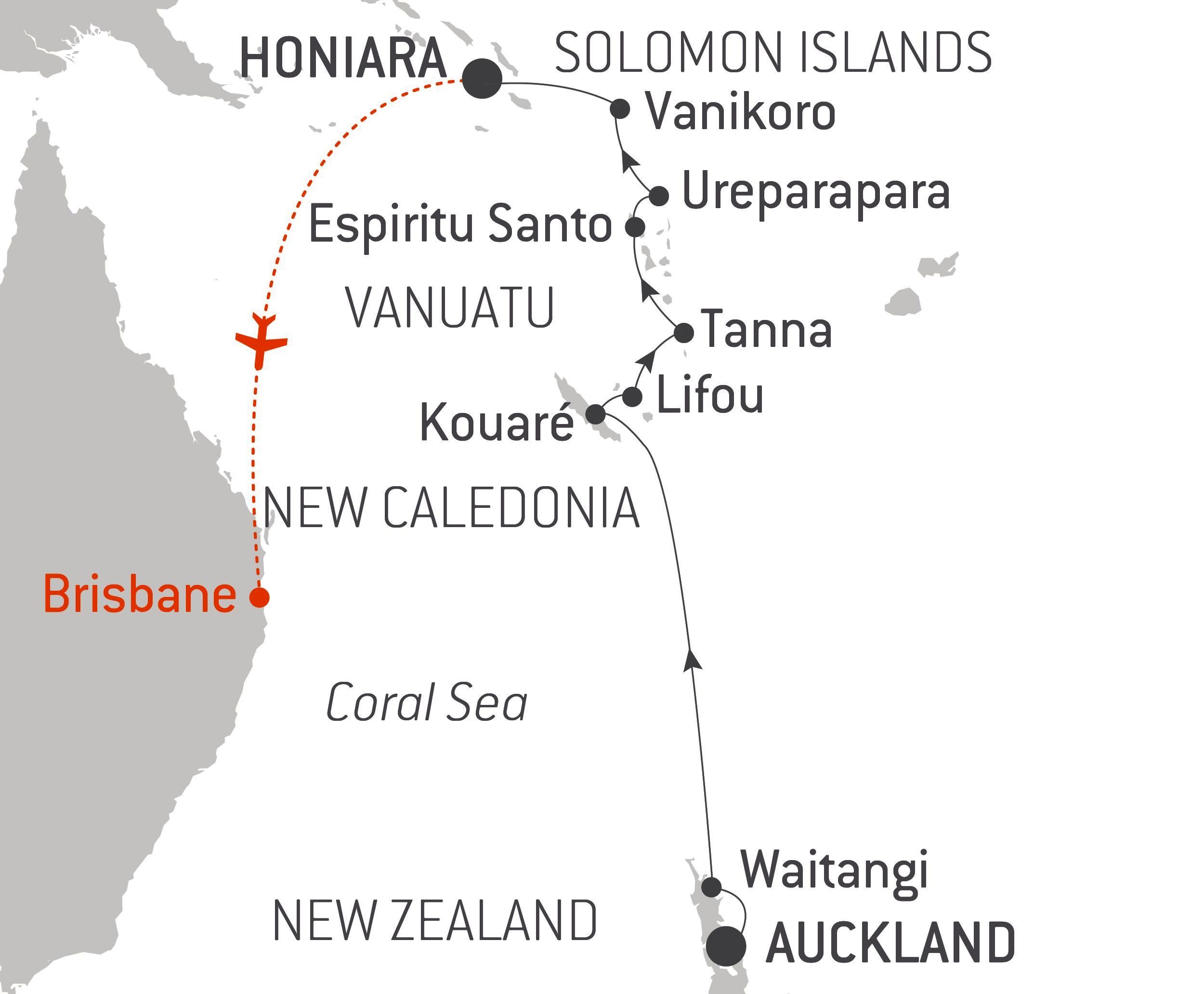
And you may wonder why the Munsters? Checkout this GRAPHIC in the HUMOUR section of our GALLERY.

In 1911, George S. Barton, of Somerville, Massachusetts, founded and published the first edition of Boys’ Life magazine. It was edited by 18-year old Joe Lane of Providence, Rhode Island. He called it Boys’ and Boy Scouts’ Magazine. At that time there were three major competing Scouting organizations: the American Boy Scouts, New England Boy Scouts, and Boy Scouts of America (BSA).
Five thousand copies were printed of the first issue of Barton’s Boys’ Life, published on January 1, 1911. The more widely accepted first edition is the version published on March 1, 1911. With this issue, the magazine was expanded from eight to 48 pages, the page size was reduced, and a two-colour cover was added. In 1912, the Boy Scouts of America purchased the magazine, and made it an official BSA magazine. BSA paid $6,000, $1 per subscriber, for the magazine.
MORE Info: Wikipedia .
The news headlines:
GB2RS Script – HERE .
CLUB NEWS
Details of all known nets in Scotland are collated by RSGB Regional Rep Tony, MM0TMZ in association with Jack, GM4COX and the West of Scotland ARS’s Website – RADIO NETS .
The Loch Lomond Sunday night net using MB7IBH and 144.9625MHz in the Vale of Leven area has resumed.
The GMDX January Activity Challenge 2021 continues until the 31st of January. The Challenge is open to all current members of GMDX. Full details from Rob, GM3YTS via email to gm3yts@btinternet.com or checkout their WEBSITE .
If you wish to have your net listed on the WoSARS website or to report any changes please contact Tony Miles, MM0TMZ by email to rr1@rsgb.org.uk. Remember also to keep GB2RS updated via email to radcom@rsgb.org.uk . Please note that the deadline for submissions is 10am on Thursdays.
The news headlines:
GB2RS (inc 3rd Jan) Script – HERE .
CLUB NEWS
GMDX Group – Member Neil G0JHC reports that fellow member Ian Brown GM4YSN has become SK following a long illness. Ian was a member and regular at the convention over the years, always a big signal from his impressive station in the Borders. (Gavin GM0GAV)
And also: the GMDX announces the January Activity Challenge 2021.The Challenge shall start at 0001z on 1st January 2021 and end at 2359 on 31st January 2021. The Challenge is open to all current members of GMDX. The challenge is to work as many different DXCCs during the time period. For further details checkout the GMDX Website.
Also Checkout the WoSARS RADIO NETS Page for ‘On-Air’ Nets taking place.

By: Petar Djokovic (Royal Australian Navy – RAN)
“Calling Mrs Boye on Vanikoro.” So began a message from Japanese forces to Ruby Boye in 1942. What followed was a terse and direct threat for Ruby to discontinue her operations. Over the course of World War II, Ruby Boye operated the radio at VANIKORO in the Solomon Islands as Australia’s only female coastwatcher. Her service warranted a personal visit to Vanikoro by Fleet Admiral William F. “Bull” Halsey Jr, USN, and earned her a British Empire Medal (BEM).
Ruby was born Ruby Olive Jones on 29 July 1891 in Sydney, the fifth of eight children. She was working as a saleswoman when she married a laundry proprietor, Sydney Skov Boye who had previously lived in Tulagi in the Solomon Islands, in Sydney on 25 October 1919.
Skov returned to Tulagi, with Ruby and their son, Ken, in 1928 to take up his old position with Lever Brothers. Their second son, Don, was born shortly afterwards and the two boys would spend most of their school years in Sydney. In 1936 Skov accepted the position of Island Manager for the Kauri Timber Company’s logging operations on Vanikoro in the Santa Cruz group. Vanikoro is a mountainous island surrounded by a treacherous coral reef. There were no roads. The timber logged in the mountains was hauled to the harbour by rail tractors where they were rafted together to await shipping to Australia. Ships would arrive from Melbourne four times a year to collect the logs and at the same time delivered mail and supplies for the loggers. Around 20 Kauri employees, including a radio operator and a doctor, came to Vanikoro from Australia and New Zealand on two year contracts in addition to about 80 islander labourers.
The family lived in the island’s main village, Paeu, on the south-west coast of the island on the southern bank of the Lawrence River where crocodiles were common. A suspension bridge over the river led to the main part of the village as well as the company store, office, machine shop and living quarters for the company’s workforce.

An Island Paradise?
Upon the declaration of World War II, Lieutenant Commander (later Commander, OBE) Eric Feldt assumed responsibility for the naval coast-watching network in the South Pacific. Vanikoro formed part of the network; however, the operator wanted to return to Australia to join the RAAF. He suggested that Ruby could take over the operation of the radio until a replacement arrived. Ruby agreed and so learned how to operate the radio and compile weather reports using a panel of instruments and her own observations. She sent weather reports by voice four times a day, providing vital meteorological information for both ships and aircraft. No replacement was ever sent; there was no need as long as Ruby kept sending her reports. Ken and Don, meanwhile, returned to Australia to stay with relatives.
Timber production at Vanikoro ceased when the Japanese entered the war, and staff and their families left by ship. Skov decided to stay to look after the company’s interests while Ruby considered it her duty to continue operating the radio. With the departure of the doctor, Ruby also took on the responsibility of the health and welfare of the local islanders, many of whom travelled between the islands by canoe and brought Ruby information about Japanese movements and dispositions.
It was a courageous decision. Ruby was 50 and Skov was older, and they were the only non-Solomon Islanders left on the island. If the Japanese did invade the island, and Vanikoro was in a precarious position, they were defenceless. They received supplies infrequently and were often short of rations. No mail, newspapers or magazines were delivered, and the radio was strictly for intelligence use only. Ruby only ever received three personal messages over the radio; to advise her of the deaths of her father, mother and a sister.
Ruby initially directed her reports to Tulagi but when it fell to the Japanese in May 1942 she was directed to send her reports to Vila in the New Hebrides (Vanuatu). It was at this time in early 1942 that Ruby received the first of several threatening messages. One of her fellow coast-watchers, listening on the same frequency, responded to the Japanese operator “in language which they wouldn’t repeat to a lady.” For her part, Ruby remained unperturbed; “I felt just a little bit queer when I heard that voice but somehow I felt he was bragging… The mere fact that I was annoying them sufficiently to have them warn me off was somewhat gratifying.” Shortly afterwards Ruby’s radio was changed to a different frequency and she was instructed to transmit only in Morse Code, which she had taught herself.

Ruby ‘Operating’ Her Vanakoro Station
The news headlines:
GB2RS Script – HERE .
Tony MM0TMZ – Regional Manager for RSGB Region1 – Scotland South & Western Isles
A reminder to all radio amateurs that certain frequencies are reserved in the Band Plans for use by the GB2RS broadcast service on Sundays. These include:
70.425 (4M) 145.525 (2M) 433.525MHz (70cms)
The schedules are published at:
https://rsgb.services/public/gb2rs/gb2rs_broadcast_schedule.pdf checkout WoSARS.com/QUICKLINK – GB2RS
All radio amateurs are asked to avoid these frequencies at the stated times.
The service areas of the different regions do overlap and the RSGB requests that the GB2RS frequencies are kept kept clear of all traffic during the broadcast period. Unlike normal amateur radio, the GB2RS bulletins are licensed as broadcasts and have to use fixed frequencies.
CLUB NEWS & NETS
Details of all known nets in Scotland are collated by RSGB Regional Rep Tony, MM0TMZ in association with Jack GM4COX and the West of Scotland Amateur Radio Society. These details are then published at https://wosars.club/radio-nets – RADIO NETS .
In the absence of club meetings, the West of Scotland Amateur Radio Society (WoSARS), has a daily FM net from 11am on 145.425MHz. Wednesday sees an FM net from 8pm on 433.425MHz and on Friday there’s an open net on 145.425MHz, also from 8pm. More details are at https://wosars.club
The Viking Amateur Radio Net runs on Sunday evenings from 6pm on 3.660 or 3.639MHz. Details can be found on their Facebook page.
Ayr Amateur Radio Group has a CW net on Sundays on 144.295MHz from 7pm and on 145.450MHz FM from 7.30pm. There are daily nets around 7.035MHz from 10.15am, moving to 7.065MHz and 145.450MHz at 10.30am. Friday sees a Zoom meeting, which may include a presentation. For details, email derek.secaarg@gmail.com.
Kilmarnock & Loudoun Amateur Radio Club has a net on Sundays from 2pm around 3.720MHz SSB, later moving to around 3.540MHz for a CW net. Tuesday sees a net on 145.475MHz FM from 7.30pm. For details, email klarcinfo@gmail.com.
Mid Lanarkshire Amateur Radio Society has a net on Sundays from 9pm on 28.475MHz. Wednesday sees the DMR Scotland net on TG23550 from 8pm and on Friday there’s a private club Zello chat from 7pm, which later moves to 2m. Details are at https://mlars.co.uk.
Wigtownshire Amateur Radio Society has a net on Sundays from 7.30pm on GB3DG, which usually moves to Zoom at around 8pm. Thursday sees a net on GB3DG from 7pm. There is also an open RAYNET net daily on GB3DG from noon. See www.gm4riv.org for further details.
Dundee Amateur Radio Club has nets on Sundays and Wednesdays from 7.30pm on GB3AG and on GB3DD. There is a Skype meeting on Tuesday Contact Martin, 2M0KAU on 07763 708 933 for further information.
Stirling and District Amateur Radio Society has a net from noon on Sundays on GB3FE. Monday and Thursday also see nets on GB3FE and on 145.550MHz from 7pm. Email secretary@gm6nx.com for details.
The Loch Lomond Sunday net takes place on 144.9625MHz in the Vale of Leven and surrounding areas and also via Echolink on gateway MB7 IBH-L from 8pm, moving to DMR TG 23559 from 9pm. Contact Paul, MM3DDQ via email to mm3ddq@yahoo.co.uk for further details.
Edinburgh & District Amateur Radio Club has its net on Monday from 8pm on 433.525MHz FM. Contact Norman, GM1CNH, on 07740 946 192 for further information.
Glenrothes & District Radio Club has open nets from 10am on 3.790MHz every day except Sunday. There are also FM nets on Tuesday and Thursday from 7.30pm on 145.425MHz and morse training is available. Further details from Tam on 07753 526 498.
Paisley Amateur Radio Club has an FM net on Mondays from 8pm on 144.550MHz and on Zello. Tuesday sees a DMR net in room 4415 from 8pm. On Thursday there’s a net on 144.550MHz FM and on Zello from 7.30pm.
Livingston & District Amateur Radio Society has a net on Tuesdays from 7.30pm on 145.575MHz FM. Wednesday sees a net on DMR Scotland TG23550 from 8pm. Contact Cathie, 2M0DIB on 01506 433 846 for further information.
On Wednesday Lothians Radio Society has a net on 144.350MHz SSB from 8pm. Email secretary@lothiansradiosociety.com for further details.
Caithness Amateur Radio Society holds nets on Wednesdays and Saturdays from 2pm on 3.740MHz LSB, ±QRM. Details are at www.QSL.net/ms0fnr.
Lomond Radio Club has a net on Thursdays from 7.30pm using 144.9625MHz to the MB7IBH Gateway and is also connected on EchoLink. Contact gm0kzx@googlemail.com for further information.
On Friday Strathclyde Park Amateur Radio Club has a net from 7.30pm on 145.400MHz, and also on the British Amateur Television channel from 8pm. Email Bill, MM0SFB at gm0syv@btinternet.com for further information.
Remember, if you wish to have your net listed on the WoSARS website or to report any changes to existing Scottish nets please contact Tony Miles MM0TMZ by email to rr1@rsgb.org.uk. Remember also to keep GB2RS updated via email to radcom@rsgb.org.uk the deadline for submissions is 10am on Thursday.
Extract off GB2RS (29th November)
Episode 27 TX Factor will soon be available.
In this latest episode the RSGB’s General Manager Steve Thomas, M1ACB explains how the Society’s positive response to the spring and summer lockdown helped to boost awareness of amateur radio in the UK.Steve stresses the importance of the ongoing work needed to maintain the impetus.
Bob, G0FGX and Mike, G1IAR get to grips with using an RF Shark openSPOT Hostspot for some mobile DMR action.
Bob visits Don Field, G3XTT at his new QTH near Wells to see how the editor of Practical Wireless created some simple antennas to swiftly resume his on-air activities. TX Factor episode 27 is proudly sponsored by the Radio Society of Great Britain and can be viewed at www.txfactor.co.uk.
© 2019-2023 WoSARS.Club